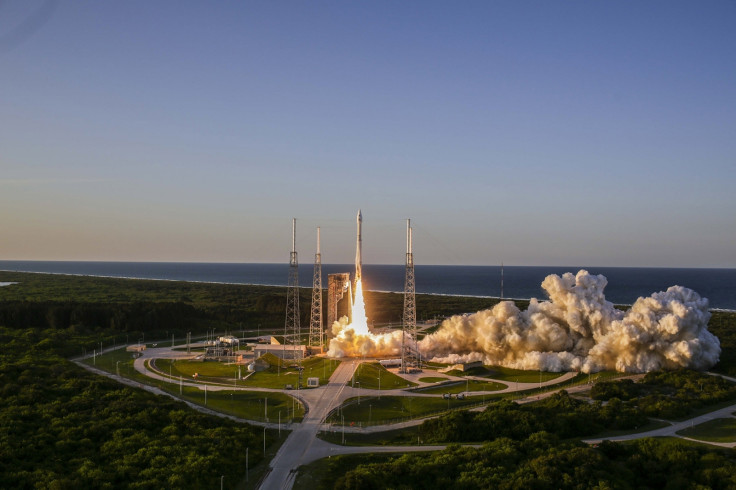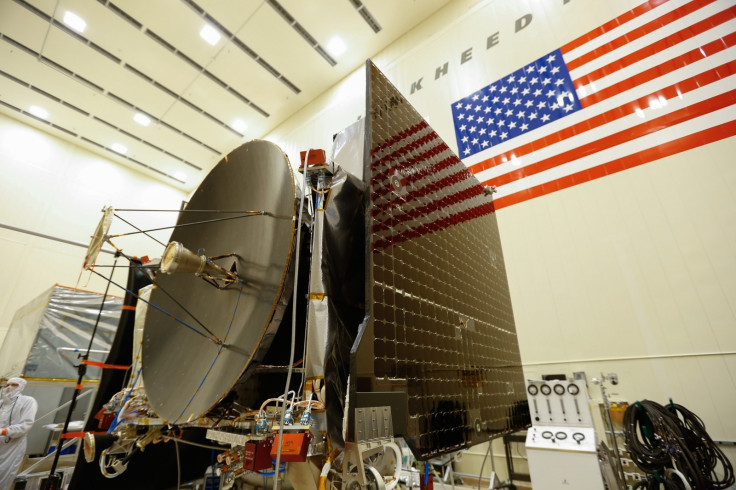Nasa's Osiris-Rex will slingshot past the Earth on its path to asteroid Bennu
The manoeuvre will change the spacecraft's speed and course by 8,400 mph.

Nasa's Osiris-Rex spacecraft, which is tasked with collecting the largest ever sample from an asteroid, will use Earth's gravity to "slingshot" itself towards its target.
Osiris-Rex will fly-by the South Pole and use Earth's gravity to accelerate itself and correct its trajectory to reach the asteroid Bennu by 2018.
The move known as a gravity assist is done to not only increase the speed and correct the trajectory of a spacecraft, but also to save fuel, reports the Verge.
Bennu is relatively close to Earth and follows a similar orbit, but is off by 6 degrees. Osiris-Rex is following Earth orbit, albeit slightly ahead and it needs to make certain corrections in its course so that it can make its final approach towards Bennu.
Osiris-Rex can use onboard engines to do this, but it is not feasible considering the amount of fuel it is carrying and the size of the craft. If it uses its engines, it would need more fuel than it is carrying to even reach Bennu. The craft has to conserve fuel to reach the target, pick samples and fly back to Earth.
That is why Nasa has decided to use gravity-assist, says Michael Moreau, a flight engineer at the Goddard Space Flight Center. In an interview with the Verge, he said, "This was the only option to reach Bennu, launching in 2016." The report points out that this move, which is essentially an exchange of energy and is similar to a roller coaster gaining speed by going down a steep section of track.

It will take some momentum from Earth as it hurtles toward Bennu. Doing this will change the orbit of Osiris-Rex by 6.2 degrees and alter its speed by 8,400 mph.
"We're targeting the spacecraft to fly by the Earth at a very specific point and time," said Moreau. That point would be on Friday, 22 September, passing by the Earth's South Pole.
The manoeuvre will happen with Osiris-Rex coming towards Earth at a speed of 19,000 mph, flying above Australia. Its closest point during this approach will bring Osiris-Rex within 11,000 miles off Antarctica, says the report. At this time, Nasa will lose contact and the craft will be in a blind spot for about 50 minutes as there are no tracking stations covering that part of the sky, according to the report.
After it gets nudged in the right direction, Osiris-Rex will reach Bennu in October next year and will stay there, studying and collecting samples for two years. The asteroid is only about as big as a skyscraper, making it the smallest body a Nasa satellite has ever orbited, Verge has reported.
That makes Friday's slingshot one of the most important steps in Osiris-Rex's complicated journey. "It's a big effect," Moreau said, "The velocity change of the gravity assist is larger than of the other maneuvers we're doing."
© Copyright IBTimes 2025. All rights reserved.





















